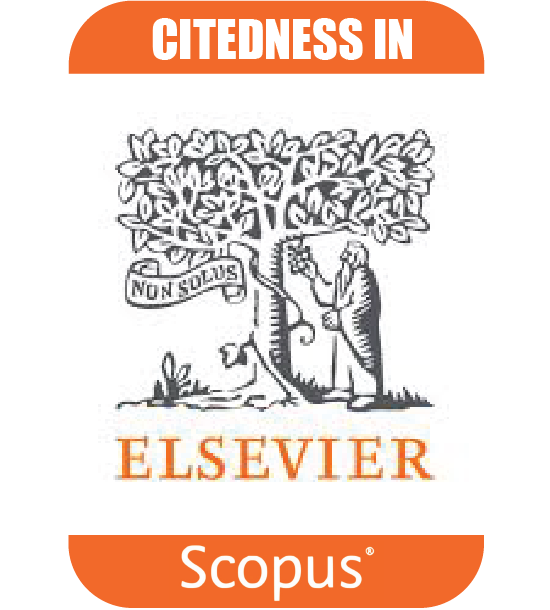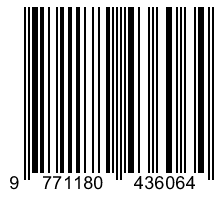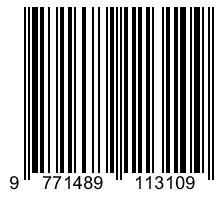Prasasti Tanduk dari Mendapo Rawang Kerinci: Genealogi, Migrasi, dan Relasi Leluhur Orang Kerinci
DOI:
https://doi.org/10.55981/amt.2024.2945Keywords:
Horn Inscription, Mendapo Rawang, Incung Script, Kerinci, Jambi Sultanate, Prasasti Tanduk, Aksara Incung, Kesultanan JambiAbstract
Abstract. The Horn Inscription from Mendapo Rawang Kerinci: Genealogy, Migration, and Relation of the Ancestors of Kerinci Society. The horn inscription is a typical inscription with a limited distribution in the Southern Sumatra region. These inscriptions were written using local scripts such as the Ulu Script, Lampung Script, and Incung Script. The existence of horn inscriptions in Kerinci has been researched since the Colonial Era by Voorhoeve (1941). However, the result of their research is still limited to transliterating inscriptions. Digitization of the horn inscriptions by the British Library through the EAP117 program in the Mendapo Rawang Kerinci makes it possible to re-read the horn inscriptions. These digitalized inscriptions are the Depati Awal-Depati Janggut Inscription, the Datuk Kitam Inscription, and Depati Sungai Laga Inscription. This research aims to transliterate and translate these horn inscriptions and interpret their contents. The method in this research consists of data collection, pre-analytic or data processing, analysis, and interpretation. The result of this research is that the horn inscriptions from Mendapo Rawang contain information about the origin of the ancestors of the local community who came from other settlements through the migration process. They built a new community in a new settlement with matrimony and socio-political relations. The result of the matrimony relation is explained in genealogical text clearly. The Mendapo Rawang’s inscriptions also contain information about the hierarchy of the system of community leadership consisting of dipati and manti. In addition, the inscriptions suggest the regional socio-political relation between the leaders of the community in Kerinci and Jambi Sultanate through the agent who held the title jenang.
Keywords: Horn Inscription, Mendapo Rawang, Incung Script, Kerinci, Jambi Sultanate
Abstrak. Prasasti tanduk merupakan prasasti yang khas dengan sebaran terbatas di Kawasan Sumatra Bagian Selatan. Prasasti ini umumnya ditulis menggunakan aksara lokal, seperti Aksara Ulu, Aksara Lampung, dan Aksara Incung Kerinci. Keberadaan prasasti tanduk di Kerinci telah diteliti sejak era Kolonial, seperti yang dilakukan oleh Voorhoeve (1941). Namun demikian, penelitian yang dilakukan masih sangat terbatas pada alih aksara prasasti. Digitalisasi prasasti tanduk oleh British Library melalui program EAP117 memungkinkan untuk membaca kembali prasasti tanduk di Kerinci terutama dari wilayah adat Mendapo Rawang. Prasasti-prasasti yang didigitalisasi tersebut adalah Prasasti Depati AwalDepati Janggut, Prasasti Datuk Kitam, dan Prasasti Depati Sungai Laga. Penelitian ini bertujuan untuk melakukan alih aksara dan alih bahasa dua prasasti tanduk tersebut serta melakukan interpretasi terhadap kandungan isinya. Metode yang digunakan dalam penelitian ini terdiri dari pengumpulan data, pra-analisis atau pengolahan data, analisis dan interpretasi isi prasasti. Hasil yang didapatkan dalam penelitian ini adalah prasasti tanduk dari Mendapo Rawang berisi tentang asal usul leluhur komunitas yang berasal dari permukiman lain melalui proses migrasi. Mereka membentuk komunitas baru di permukiman baru melalui relasi perkawinan dan sosial-politik. Hasil relasi perkawinan dijelaskan secara jelas melalui teks genealogi. Prasasti dari Mendapo Rawang juga menjelaskan hirarki sistem kepemimpinan komunitas adat yang terdiri dari dipati dan manti. Sebagai tambahan, prasasti tersebut juga mengindikasikan adanya relasi sosial-politik regional antara pemimpin komunitas di Kerinci dengan Kesultanan Jambi melalui agen yang disebut jenang.
Kata Kunci: Prasasti Tanduk, Mendapo Rawang, Aksara Incung, Kerinci, Kesultanan Jambi
Downloads
Published
How to Cite
Issue
Section
License
Copyright (c) 2024 Hafiful Hadi Sunliensyar

This work is licensed under a Creative Commons Attribution-ShareAlike 4.0 International License.








